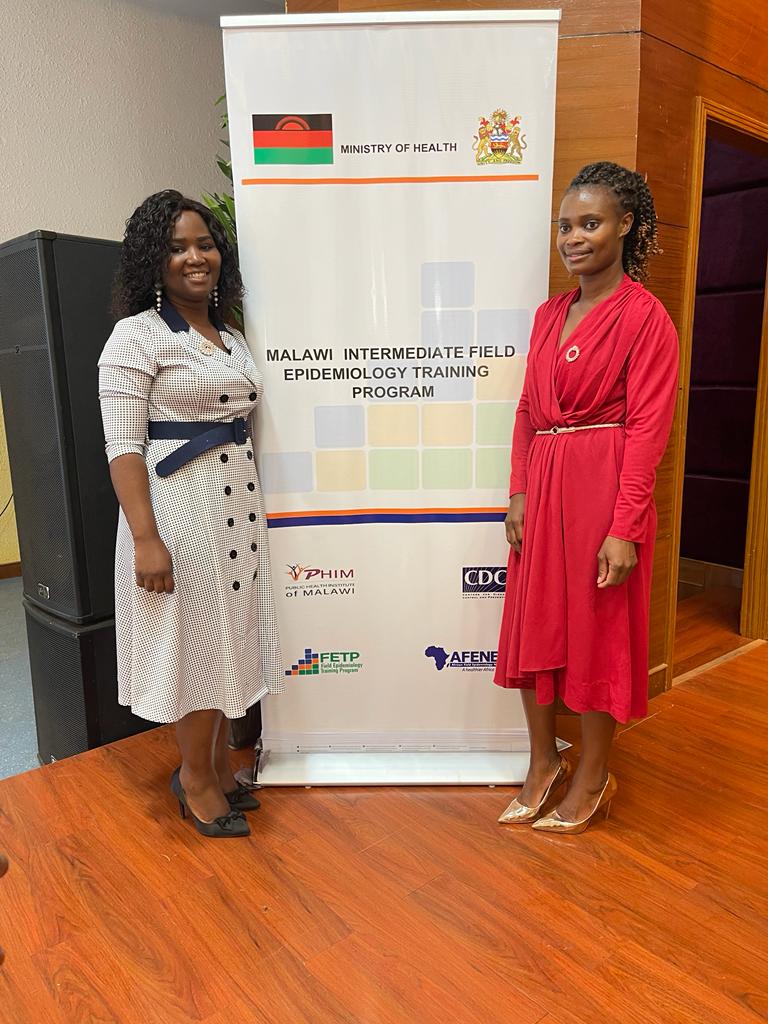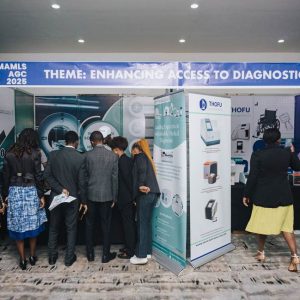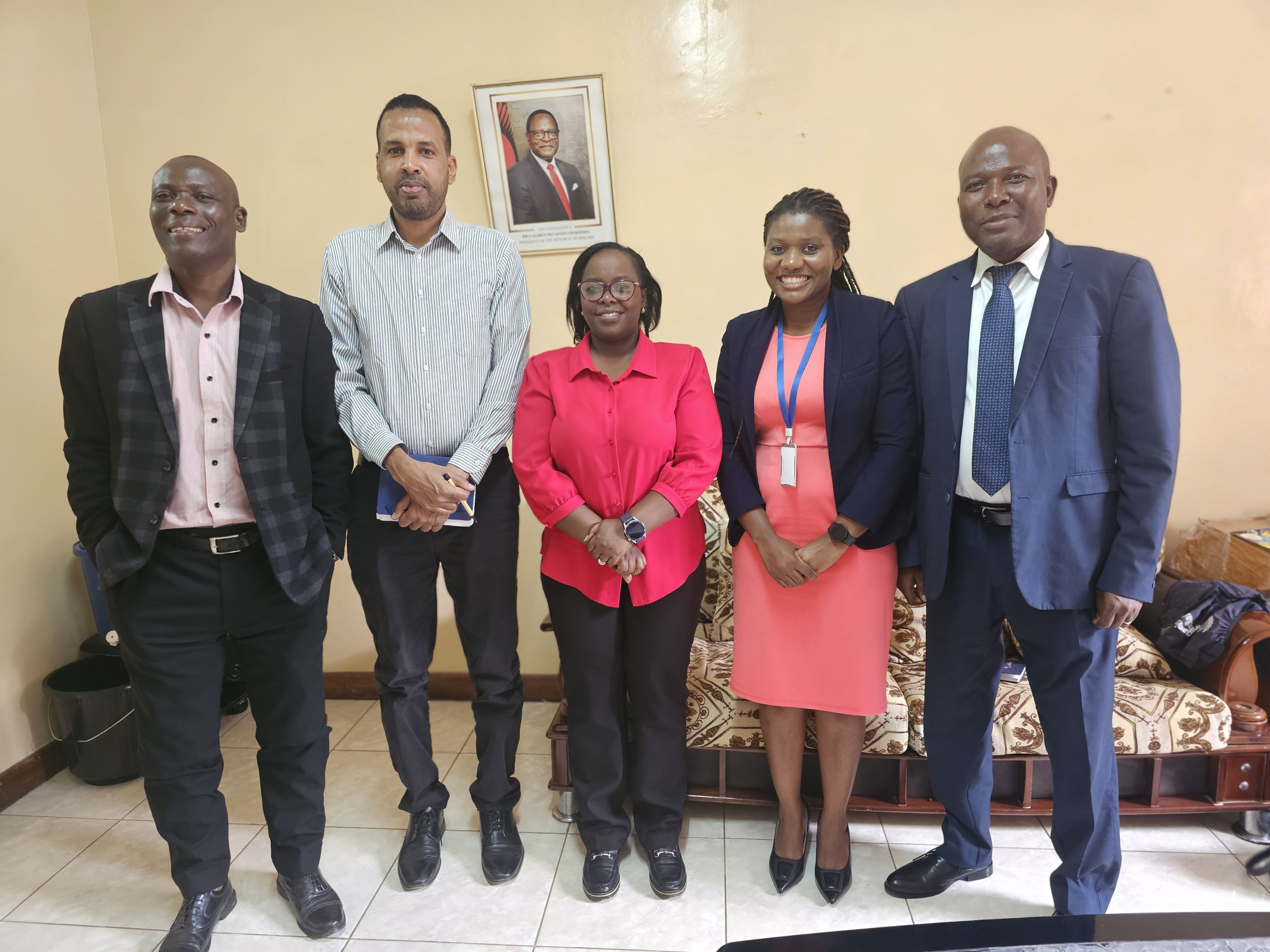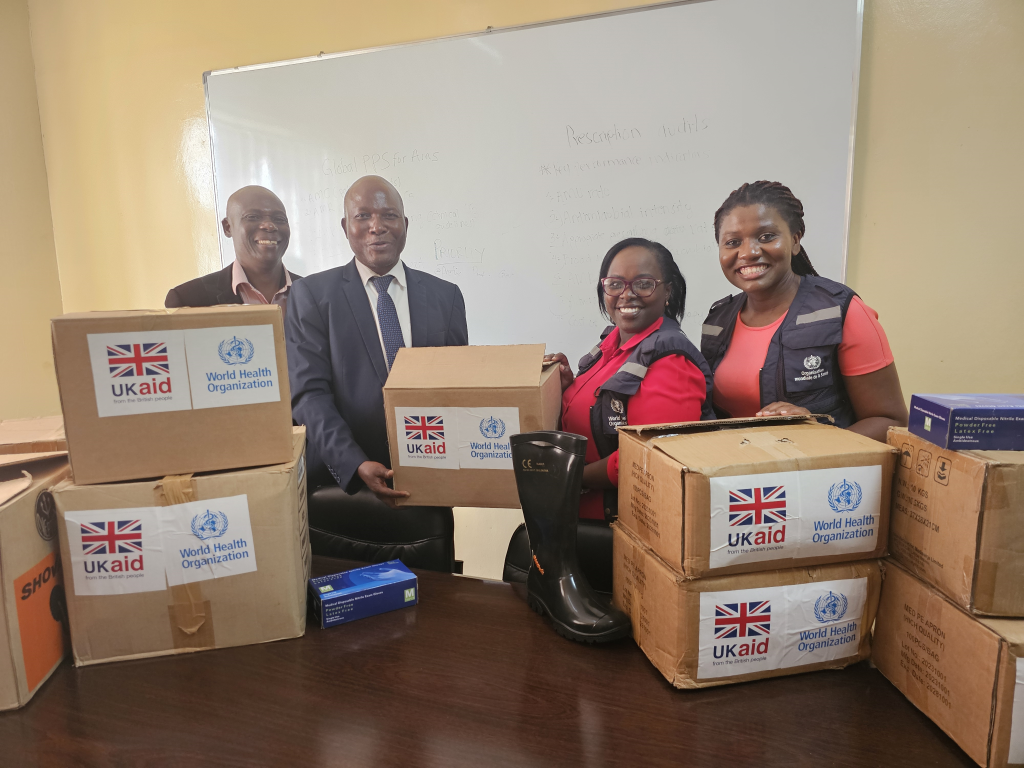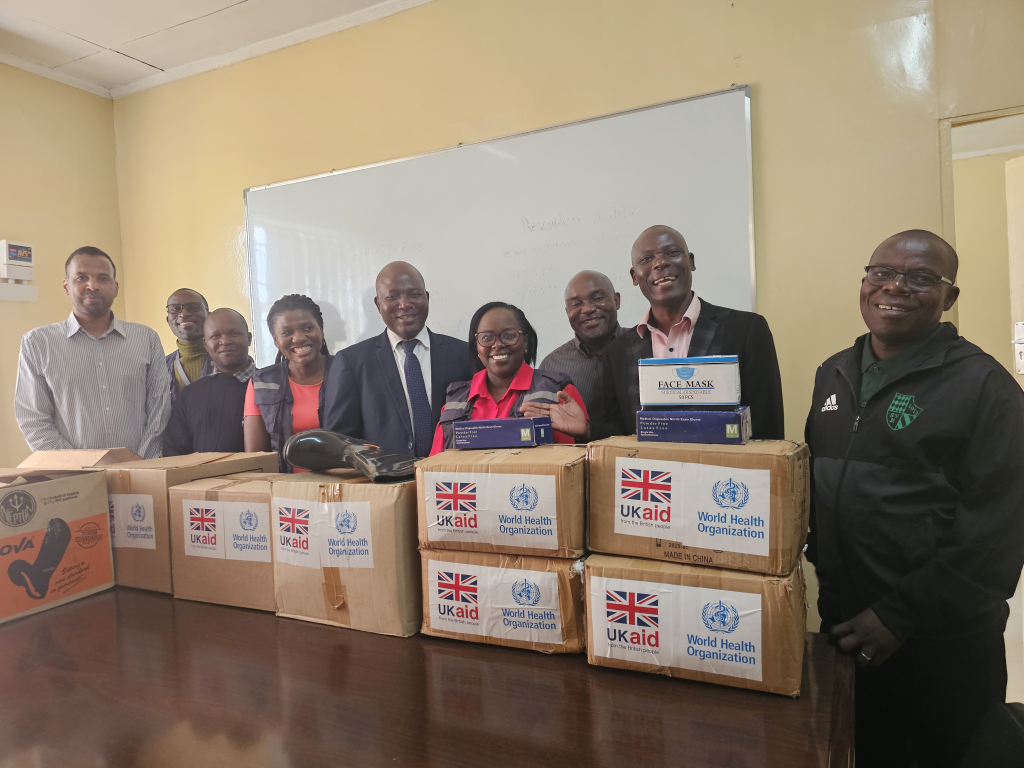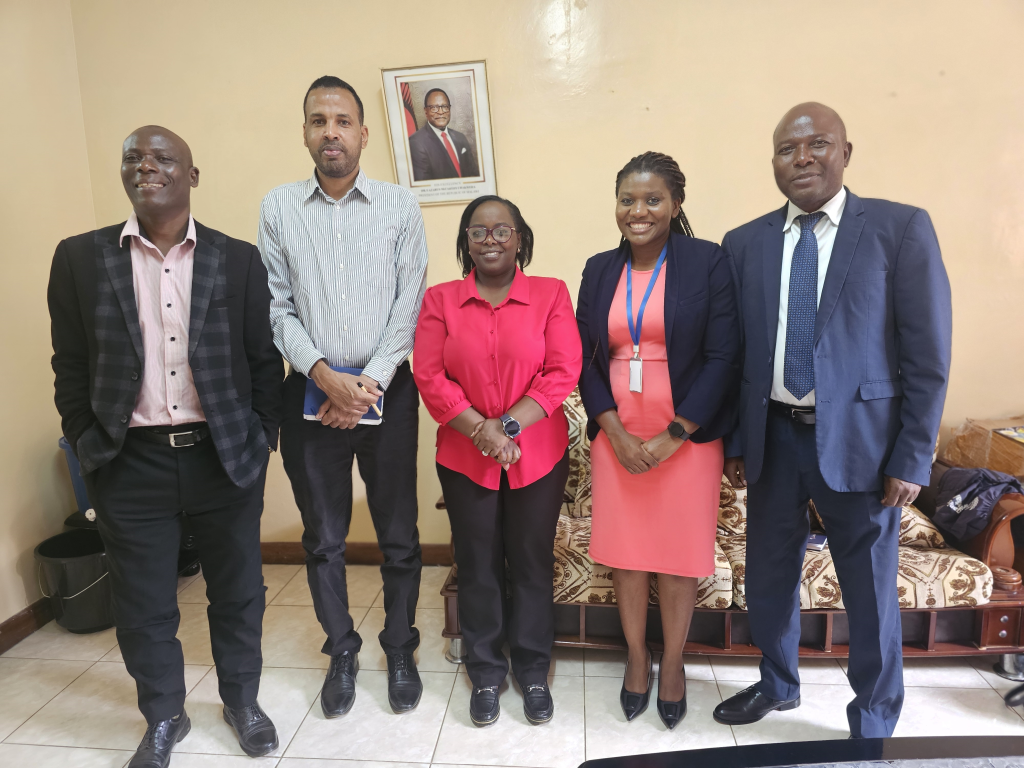

LEAD CONSULTANT: EVALUATION OF MALAWI FRONTLINE FIELD EPIDEMIOLOGY TRAINING PROGRAM (FETP)
The Malawi Government through the Ministry of Health established Public Health Institute of Malawi (PHIM) in 2013, as a Centre of Excellence in Public Health. Its primary role is to provide leadership in disease surveillance, research, prevention, and control through generating evidence that informs policy and advances practices in public health service delivery. PHIM is dedicated to strengthening the nation’s capacity in order to respond to a broad spectrum of public health challenges. This includes addressing emerging communicable and non-communicable diseases.
In 2016, PHIM with technical and financial support from the Centre for Disease Control (CDC) established the Frontline Field Epidemiology Training Program (FETP). The program aims to strengthen the epidemiological capacity of the country’s ministries of health, agriculture, and environment in detecting and responding to diseases with epidemic potential or international significance. To date, Malawi’s Frontline FETP has completed 22 cohorts and trained 301 personnel.
Evaluation Background
The implementation of Frontline FETP represents a significant investment for Malawi, its implementing partners, and the U.S. Centers for Disease Control and Prevention (CDC). Since its establishment in 2016, no formal evaluation has been conducted for the Malawi Frontline FETP. The Public Health Institute of Malawi (PHIM) and the US CDC have designed a non-experimental mixed-methods evaluation, using document review, structured questionnaires, site visits, and semi-structured interviews. These methods will be used to answer the following objectives:
- Describe best practices and challenges related to implementing the first 22 cohorts of Malawi’s Frontline FETP.
- Assess the impact of the involvement of Malawi’s Frontline FETP graduates in public health emergency responses and epidemiologic surveillance capacity (since the start of the program).
- Evaluate the effectiveness of Malawi’s Frontline FETP in imparting surveillance and response to public health threats skills.
Scope of Work
The selected consultant(s) will lead the data collection, analysis, report writing, and the dissemination of findings for the evaluation of the Malawi FETP Frontline program.
The lead consultant(s) will be responsible for:
- Managing the human resources for this evaluation, including a team of interviewers and a scheduler.
- Joining PHIM/CDC evaluation team meetings and providing weekly progress updates to evaluation stakeholders.
- Conducting a document review of Malawi FETP documents including, but not limited to:
- Collaborative Technical Assistance Plans (CTAPs),
- knowledge assessments (pre/post quiz)
- cohort exit reports
- completed scorecards/rubrics of graduate field products
- outbreak reports collected by investigation unit
- Leading the training of a team of interviewers who will conduct virtual interviews with job supervisors, and outbreak or public health emergency supervisors. The virtual interviews will be conducted over the phone or online (WhatsApp or Zoom).
- Leading the training of a team of interviewers who will conduct the in-person interviews and site visits to graduates and work supervisors in Malawi.
- About 70% of the total interviews will be conducted virtually, while 30% of the interviews will be conducted in-person (face to face).
- Along with the team of interviewers, assist with conducting and overseeing in-person worksite visits and in-person interviews with 90 Malawi FETP graduates (30% of the population).
- Conduct semi-structured interviews with Malawi’s FETP staff (Resident Advisor [former and current], Program Director, Program Coordinator, CDC country Director, administrator (s)).
- Manage data in relevant data collection software or platform, e.g. ODK or Kobo Tools.
- Lead the analysis of data collected using relevant qualitative and statistical analysis software.
- Write the final evaluation report in English
- Present findings to various stakeholders (PHIM, CDC, Malawi Ministry of Health).
High-level requirements
- High level of English language proficiency
- More than 5 years of experience managing, coordinating, and conducting evaluations, preferably in the global health field, with cross-cultural teams.
- Previous work experience in Southern Africa, preferably in Malawi.
- Demonstrated experience using both quantitative and qualitative methods
- Demonstrated experience using survey platforms (i.e., Qualtrics, SurveyMonkey, ODK, etc.), qualitative analysis software (i.e., ATLAS.ti, MaxQDA, NVIVO, etc.), and quantitative analysis software (i.e., R, Stata, etc.).
- Detail-oriented, strategic, and a positive attitude towards dealing with setbacks and obstacles.
- Excellent interpersonal communication skills and ability to interact professionally with culturally diverse individuals.
- Preferably based in Southern Africa but not required.
MODE OF APPLICATION
Please submit a 1-page letter of interest, your CV(s), and a budget proposal (including the number of days necessary to complete the evaluation) to: grace.funsani@health.gov.mw, or ajuya@itech-malawi.org by 11th June 2025. This will be a deliverable-based consultancy.
